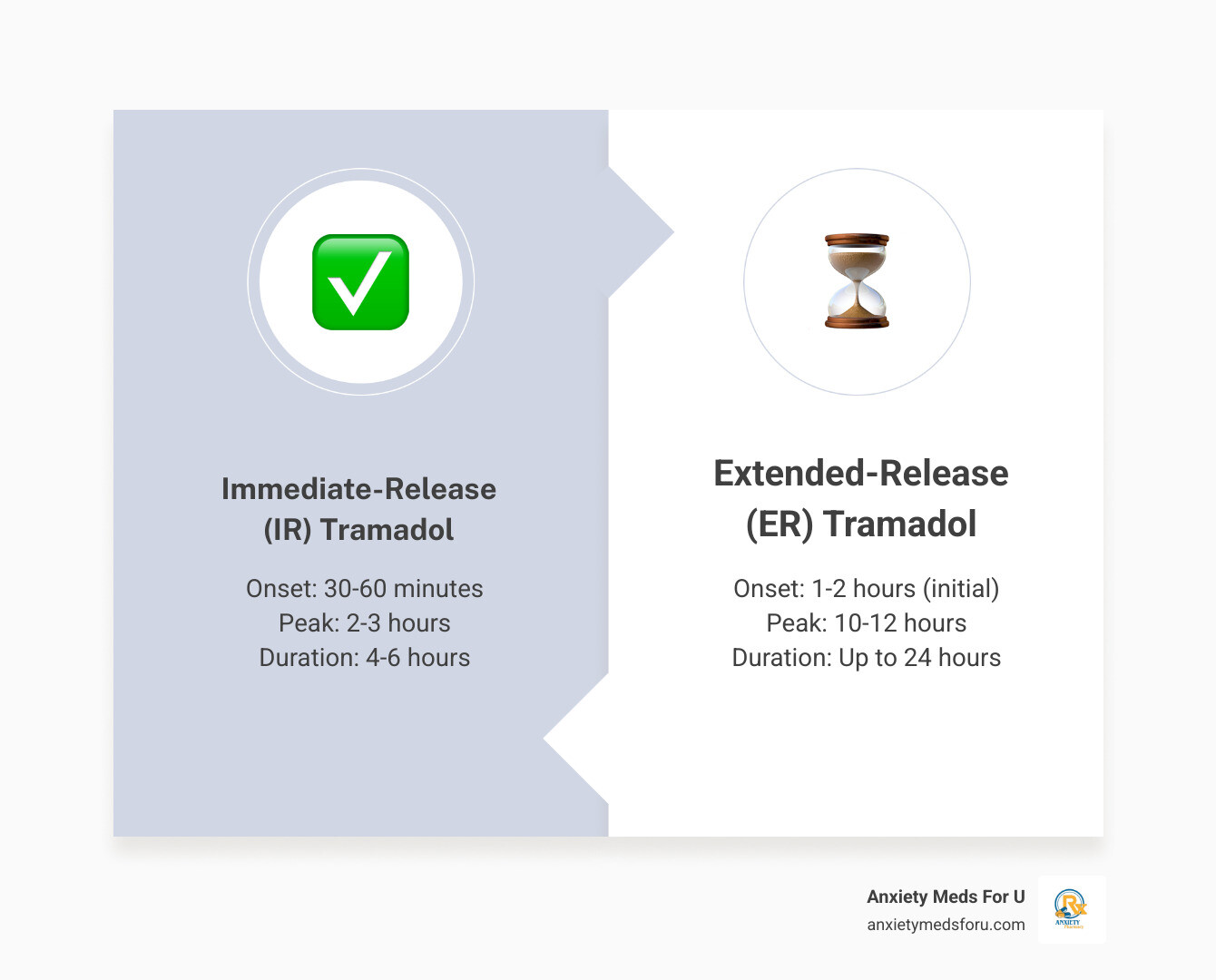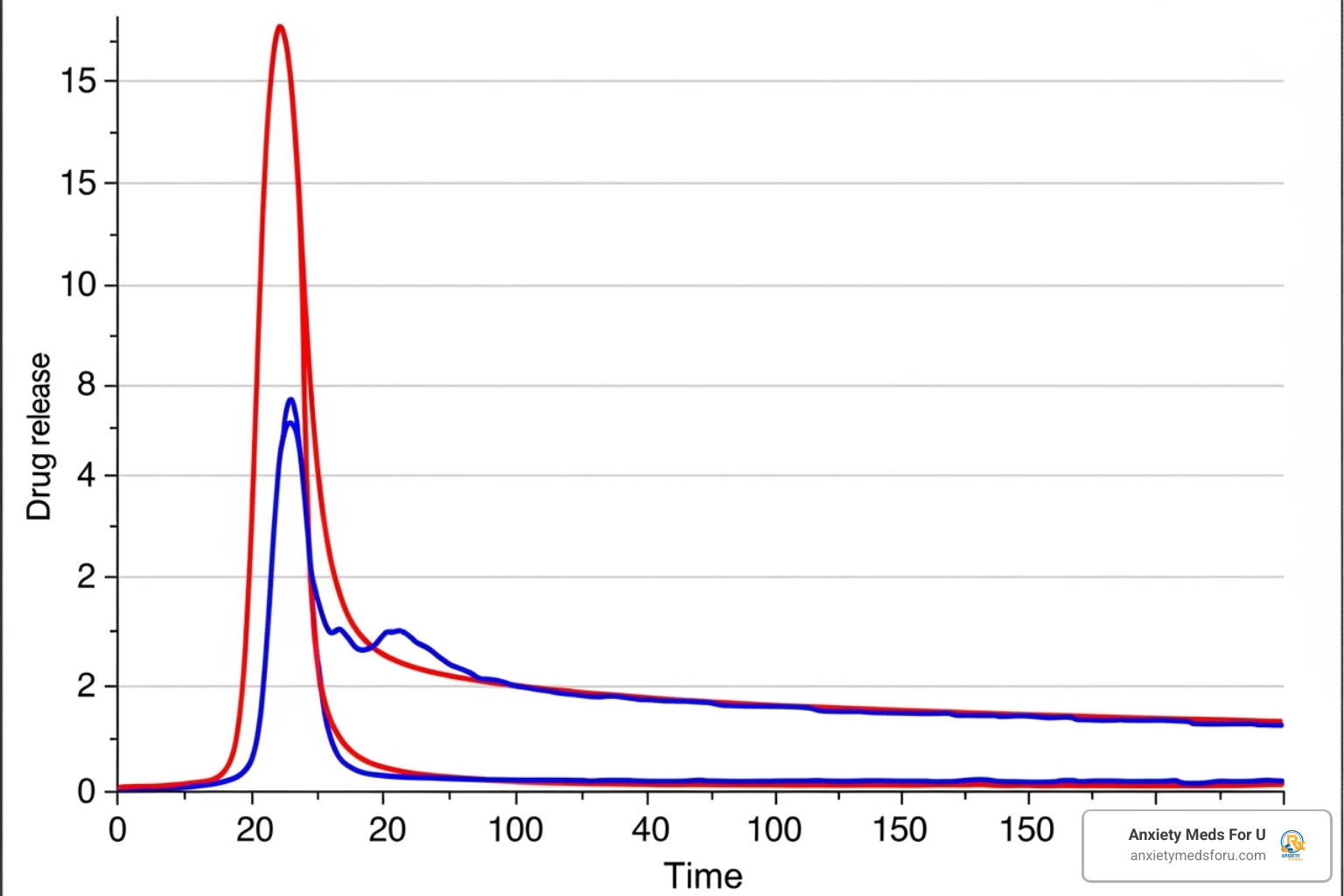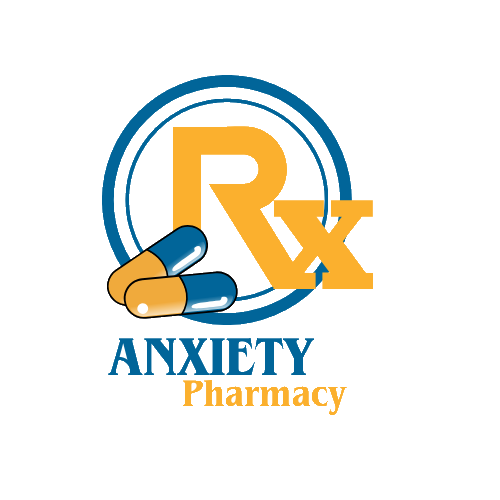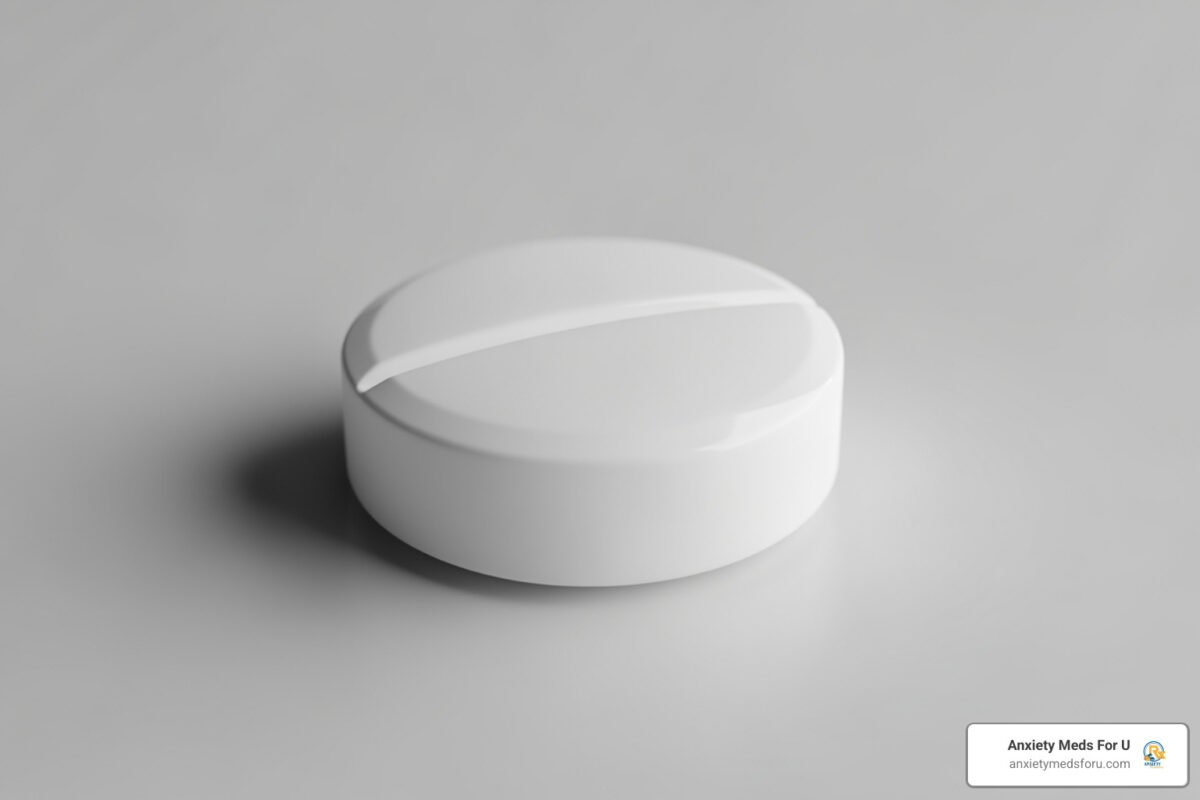Tramadol Onset: What to Expect and When

Understanding Tramadol’s Timeline for Pain Relief
How long does tramadol take to work depends on which type you’re taking, but here’s what you can expect:
Immediate-Release (IR) Tramadol:
- Starts working: 30-60 minutes
- Peak effect: 2-3 hours after taking
- Duration: 4-6 hours of pain relief
Extended-Release (ER) Tramadol:
- Starts working: 1-2 hours for initial effect
- Peak effect: 10-12 hours after taking
- Duration: Up to 24 hours of pain relief
When you’re dealing with moderate to severe pain, knowing when your medication will kick in makes a huge difference. Tramadol works differently than other pain relievers because it targets pain in two ways – it blocks pain signals like other opioids and increases levels of mood-regulating chemicals in your brain.
Several factors can affect how quickly tramadol works for you. Your age, metabolism, whether you take it with food, and your overall health all play a role in the timing. Some people feel relief closer to the 30-minute mark, while others might need to wait the full hour or more.
I’m John, and through my experience helping people access affordable pain medications, I’ve seen how important it is to understand how long does tramadol take to work so you can plan your pain management effectively. This knowledge helps you avoid the common mistake of taking extra doses too early, which can be dangerous.

Relevant articles related to how long does tramadol take to work:
How Long Does Tramadol Take to Work for Pain Relief?
When you’re dealing with pain, every minute counts. You want to know exactly when relief is coming so you can plan your day accordingly. The answer to how long does tramadol take to work isn’t one-size-fits-all – it depends entirely on which type you’re taking.
Tramadol comes in two main formulations, and they work very differently. Immediate-release (IR) tramadol is your go-to for quick relief when pain strikes suddenly. Extended-release (ER) tramadol takes a slower approach, designed for people who need steady, around-the-clock pain management.
Think of it this way: IR tramadol is like a sprint runner – fast out of the gate but doesn’t last as long. ER tramadol is more like a marathon runner – takes time to get going but keeps steady for the long haul. Understanding these differences helps you set realistic expectations and avoid the frustration of wondering why your medication isn’t working “fast enough.”
The onset of action, peak effect, and duration of relief all vary between these formulations. Let’s break down exactly what you can expect from each type.

How quickly does immediate-release (IR) tramadol start to relieve pain?
If you’ve been prescribed immediate-release tramadol, you’re probably dealing with acute pain that needs relatively quick relief. The good news? How long does tramadol take to work in its fast-acting form is usually 30 to 60 minutes after you swallow that pill.
I know waiting even an hour can feel like forever when you’re hurting, but this timeline is actually pretty reasonable compared to many pain medications. You’re not looking at a 3-hour wait like with some other options.
Here’s what happens next: the medication reaches its peak concentration in your system after about 2 to 3 hours. This is when you’ll feel the strongest pain relief – it’s like the medication is working at full throttle. Most people find this is when their pain drops to its lowest level.
The duration of effects typically lasts 4 to 6 hours, which is why doctors usually recommend taking IR tramadol every 4 to 6 hours as needed. This makes it perfect for managing acute pain situations like post-operative pain, dental procedures, or injury-related discomfort.
If you’re considering Tramadol 50mg or want to learn more about all the different ways this medication can help, check out our guide on Uses of Tramadol.
What is the onset time for extended-release (ER) tramadol?
Extended-release tramadol is a completely different approach to pain management. It’s designed for people dealing with chronic pain who need consistent relief throughout their day, not just a quick fix.
With ER tramadol, you might start noticing some pain relief within 1 to 2 hours for the initial effect, but don’t expect the full benefits right away. This slow-release formulation is designed to gradually release medication into your system over many hours.
The real magic happens later – peak concentration occurs around 10 to 12 hours after taking your dose. Yes, you read that right – 10 to 12 hours! This might seem like a long wait, but remember, you’re getting steady pain relief building up in your system the entire time.
The payoff is impressive: 24-hour relief from a single dose. This means you can take your medication once in the morning and have consistent pain management throughout your entire day and night.
Important safety note: Never crush, break, or chew extended-release tablets. Doing this dumps all 24 hours’ worth of medication into your system at once, which can be extremely dangerous. Always swallow ER tramadol whole.
For those managing chronic pain conditions, options like Tramadol 100mg in extended-release form can be life-changing for maintaining consistent comfort throughout the day.
Factors That Influence Tramadol’s Onset and Effectiveness
You know how some people can drink a cup of coffee at 9 PM and sleep like babies, while others are wired until 3 AM from their afternoon latte? Well, medications work similarly – and tramadol is no exception. How long does tramadol take to work isn’t just about the pill you swallow; it’s about the unique biological fingerprint of your body.
Think of your body as a sophisticated processing plant. Every person’s “plant” operates a bit differently based on their genetics, age, health conditions, and even what they had for lunch. These individual differences can mean the difference between feeling relief in 30 minutes versus waiting over an hour, or having the medication work perfectly versus barely making a dent in your pain.
Understanding these factors isn’t just medical trivia – it’s practical knowledge that can help you work better with your doctor and set realistic expectations for your pain management.

How Your Body’s Metabolism and Genetics Play a Role
Here’s where things get really interesting. Tramadol isn’t a one-person show – it needs a supporting cast to do its job properly. When you take tramadol, your liver doesn’t just process it as-is. Instead, it transforms tramadol into something called M1 metabolite, which is actually six times more powerful at relieving pain than the original tramadol you swallowed.
This change happens thanks to an enzyme called CYP2D6. Think of this enzyme as your body’s personal pharmacist, working behind the scenes to convert your medication into its most effective form. But here’s the catch – not everyone’s “pharmacist” works at the same speed.
About 7% of people are “poor metabolizers” – their CYP2D6 enzyme works slower than average. For these folks, tramadol might not provide the expected pain relief because less of that powerful M1 metabolite gets produced. It’s like having a dimmer switch that only goes to half brightness instead of full power.
On the flip side, some people are “rapid metabolizers” with boostd CYP2D6 enzymes. While this might sound like a good thing, it can actually increase the risk of side effects because they produce that potent M1 metabolite too quickly and in higher amounts.
This genetic lottery explains why your neighbor might rave about how well tramadol works for them, while you’re left wondering what all the fuss is about. It’s not in your head – it’s in your genes.
The timing matters too. Tramadol itself has a half-life of about 6.3 hours, while its active M1 metabolite sticks around for about 7.4 hours. For extended-release forms, these times stretch to 7.9 hours and 8.8 hours respectively. This means it typically takes about two days for tramadol to completely clear your system after your last dose.
If you’re curious about the science behind all this, you can dive deeper into Genetic factors in tramadol metabolism or learn more about How Tramadol Works.
The Impact of Food, Age, and Overall Health
Beyond your genetic makeup, several everyday factors can influence how long does tramadol take to work and how well it performs.
What you eat matters – but maybe not in the way you’d expect. For most immediate-release tramadol, having food in your stomach doesn’t really change how quickly the medication gets absorbed. However, extended-release tramadol can be a bit pickier. If you take certain ER formulations with a high-fat meal (think bacon cheeseburger and fries), it can slow down the onset by about 3 hours and reduce absorption by up to 16%. The peak concentration also drops by about 28%. So if you need consistent timing with your ER tramadol, you might want to skip the greasy meals or take it on an empty stomach.
Age brings wisdom, but also slower medication processing. If you’re over 75, your body naturally becomes more efficient at holding onto medications – sometimes too efficient. Tramadol can stay in your system longer and reach higher concentrations than in younger people. That’s why doctors often recommend a maximum of 300 mg per day for older adults and start with lower doses to see how your body responds.
Your kidney and liver health act like your body’s cleanup crew for medications. If either isn’t working at full capacity, tramadol can overstay its welcome in your system. People with kidney problems (creatinine clearance less than 30 mL/min) or liver disease like cirrhosis often need adjusted dosing – maybe 50 mg every 12 hours instead of the standard schedule. It’s not about being cautious for no reason; it’s about preventing the medication from building up to potentially dangerous levels.
| Factor | Immediate-Release (IR) Tramadol | Extended-Release (ER) Tramadol |
|---|---|---|
| Food Intake | Generally no significant impact on onset/absorption. | High-fat meals can slow onset and reduce absorption for some forms. |
| Age (>75 years) | May lead to higher concentrations and prolonged effects. | Dosing typically reduced (e.g., max 300 mg/day) due to slower elimination. |
| Kidney/Liver Health | Dosage adjustments (lower dose, longer intervals) are often necessary. | Dosage adjustments (lower dose, longer intervals) are often necessary, severe impairment may be a contraindication. |
The bottom line? Your body is unique, and understanding these factors helps explain why tramadol might work differently for you than for someone else. It’s not about finding excuses – it’s about finding the right approach for your specific situation.
Navigating Tramadol Use: Dosage, Side Effects, and Interactions
Once you understand how long does tramadol take to work, the next crucial step is using it safely and effectively. Think of tramadol as a reliable friend who can help you through tough times, but like any good friendship, it requires respect and understanding. Medication safety isn’t just about following rules – it’s about protecting yourself while getting the pain relief you need.
The golden rule with tramadol is simple: follow your prescription exactly as your doctor wrote it. I know it sounds obvious, but when you’re in pain and desperate for relief, it’s tempting to think “if one pill helps, two will help more.” That thinking can be dangerous, especially with tramadol.

Proper Dosage and How to Take Tramadol Safely
Your doctor will start you on the lowest effective dose of tramadol that can manage your pain. This isn’t them being stingy – it’s smart medicine. Starting low helps minimize side effects while still giving you relief, and you can always adjust upward if needed under medical supervision.
The way you take tramadol matters just as much as how much you take. Standard tablets and capsules should be swallowed whole with water, typically 3 to 4 times daily with even spacing between doses. If you’re using oral drops, mix the prescribed number into a glass of water and drink it all. Soluble tablets need to dissolve completely in water before you drink them.
Here’s where things get really important: if you’re taking slow-release tablets or capsules, you must swallow them whole. Never break, crush, chew, or suck on extended-release forms. I can’t emphasize this enough – doing so releases all 24 hours’ worth of medication at once, which can be life-threatening.
Try to take your tramadol at the same times each day. This keeps steady levels in your system and helps you remember your doses. If you forget a dose, don’t double up – check with your pharmacist about what to do next.
If you’ve been taking tramadol for weeks or months and want to stop, talk to your doctor first. Your body may need time to adjust, and stopping suddenly can cause uncomfortable withdrawal symptoms. A gradual reduction usually makes the process much smoother.
Common Side Effects and Drug Interactions to Avoid
Let’s be honest about side effects – they’re not fun, but knowing what to expect helps you prepare. The most common ones you might experience include drowsiness, dizziness, nausea, and constipation. You might also notice headaches, nervousness, dry mouth, or mood changes.
Drowsiness is particularly common, affecting about 16% of people in the first week and up to 25% after three months of use. The good news? Most people find this gets better as their body adjusts, usually within a week or two.
Now, here’s where we need to get serious about safety. Never mix tramadol with alcohol or other sedatives. This combination can slow your breathing dangerously or even stop it completely. The same goes for benzodiazepines – medications like Xanax, Valium, or Ativan. These combinations have caused comas and deaths.
Tramadol also has a tricky relationship with antidepressants. If you’re taking SSRIs, SNRIs, tricyclic antidepressants, or MAOIs, combining them with tramadol raises your risk of serotonin syndrome. This serious condition can cause confusion, rapid heartbeat, muscle rigidity, and seizures. It’s not something to mess around with.
The risk of seizures is another concern, especially if you’re taking higher doses or combining tramadol with other medications that lower your seizure threshold. Always give your doctor a complete list of everything you’re taking – prescription medications, over-the-counter drugs, supplements, and herbal products.
For detailed information about dangerous combinations, the NHS provides excellent guidance on avoiding tramadol with alcohol or other sedatives.
These precautions aren’t meant to scare you away from tramadol – they’re meant to help you use it safely and effectively. When used properly, tramadol can be an excellent tool for managing pain and getting your life back on track.
Frequently Asked Questions about Tramadol’s Onset
When people start considering tramadol for pain management, they naturally want to know how it stacks up against other options they might have tried. These are some of the most common questions I hear, and honestly, they’re really smart questions to ask before starting any new pain medication.
How long does it take for tramadol to work compared to other painkillers?
This is like comparing different tools in a toolbox – they each have their own strengths and timing. How long does tramadol take to work becomes more meaningful when you see it alongside other pain relievers.
Compared to NSAIDs like ibuprofen: Both tramadol and ibuprofen typically start working within that same 30-60 minute window, which is pretty convenient. But here’s where they diverge completely – ibuprofen tackles pain through reducing inflammation, while tramadol uses its dual-action mechanism targeting both opioid receptors and brain chemicals like serotonin and norepinephrine. If you’re dealing with a sprained ankle, ibuprofen might be perfect. But for moderate to severe pain that isn’t primarily inflammatory, tramadol’s approach can be more effective.
Compared to other opioids like codeine or hydrocodone: Tramadol’s peak effect around 2 hours is pretty standard for immediate-release opioid painkillers. Strength-wise, tramadol and codeine are often considered similar for moderate to severe pain, though hydrocodone packs more punch. What makes tramadol unique in the opioid family is that dual-action mechanism I mentioned – it’s not just hitting opioid receptors, it’s also working on those mood-regulating brain chemicals. Some research even suggests this might make it slightly less prone to misuse than other opioids, though it definitely still carries addiction risks.
What should I do if tramadol isn’t working within the expected time?
I get it – when you’re in pain and watching the clock, every minute feels eternal. If you’re past that expected timeframe (30-60 minutes for immediate-release, or 1-2 hours for that initial relief from extended-release) and still not feeling better, your first instinct might be to take another dose. Please don’t do this. I can’t stress this enough – doubling up on tramadol can be genuinely dangerous.
Instead, consult your doctor right away. There are actually several perfectly reasonable explanations for why the timing might be off. Your doctor might need to adjust your dosage if the current amount isn’t sufficient for your pain level. Sometimes switching between immediate-release and extended-release formulations makes all the difference for your specific type of pain.
Remember how we talked about individual metabolism? If you’re one of those people whose CYP2D6 enzyme doesn’t work efficiently, tramadol might not convert to its more potent form as expected. Your doctor can work with this. There’s also the possibility of tolerance developing if you’ve been taking tramadol for a while – your body gets used to it and needs careful, medically supervised adjustments.
Sometimes tramadol just isn’t the right fit, and that’s okay too. Your healthcare provider has plenty of alternative pain management strategies to explore. The key is keeping that communication open and honest about what you’re experiencing.
Can I take tramadol for anxiety or sleep?
This question comes up more often than you might think, probably because tramadol can have some effects that seem helpful for these issues. But here’s the straight answer: tramadol is not an anxiolytic – it’s not designed to treat anxiety.
Now, I understand why people wonder about this. Tramadol affects serotonin and norepinephrine in your brain, similar to some antidepressants, and some folks do feel calmer when their pain is under control. If your anxiety stems directly from being in pain, then yes, getting that pain relief might help you feel less anxious overall.
But here’s the catch – tramadol can also cause CNS activation symptoms like nervousness and agitation. It’s a bit of a mixed bag, and using it specifically for anxiety puts you at risk for dependence without actually addressing the root cause of your anxiety.
For sleep issues, it’s true that drowsiness is one of tramadol’s most common side effects. About 16% of people experience sleepiness after a week of use, and that number can climb to 25% after three months. But – and this is important – tramadol isn’t a sleep medication. It can actually mess with your sleep quality, and some people even experience insomnia as a side effect or withdrawal symptom.
The bottom line is that while tramadol might accidentally make you feel calmer or sleepier, using it for anything other than pain relief is playing with fire. If you’re struggling with anxiety or sleep, talk to your healthcare provider about treatments that are actually designed for those problems. Your pain medication should stay focused on what it does best – managing your pain safely and effectively.
Conclusion: Making Informed Decisions About Your Pain Management
When you’re dealing with pain, every minute counts. That’s why understanding how long does tramadol take to work isn’t just helpful information—it’s essential for managing your pain effectively and safely. Throughout this guide, we’ve covered the key timelines you need to know: immediate-release tramadol typically starts working within 30-60 minutes, reaches its peak effectiveness around 2-3 hours, and provides relief for 4-6 hours. Extended-release versions take a bit longer to get started at 1-2 hours but offer the advantage of sustained relief for up to 24 hours, with peak effects around 10-12 hours.
But here’s what makes pain management truly personal—your individual experience might be different from these averages. Your body’s unique metabolism, particularly how well your CYP2D6 enzyme works, can significantly impact how quickly you feel relief. Whether you take tramadol with food (especially those high-fat meals with ER forms), your age, and the health of your kidneys and liver all play important roles in how the medication works for you.
Safety should always be your top priority. Remember those crucial side effects like drowsiness and dizziness, and never forget the serious drug interactions we discussed. Avoid alcohol completely while taking tramadol, and be cautious with other medications like benzodiazepines and antidepressants that can lead to dangerous complications like serotonin syndrome.
Pain management isn’t a one-size-fits-all solution. What brings relief to your friend or family member might not work the same way for you, and that’s completely normal. This is why maintaining open communication with your healthcare provider is so important. They can help you steer dosage adjustments, explore alternative treatments if tramadol isn’t providing the relief you need, and ensure your pain management strategy is custom specifically to your needs and health profile.
Making informed decisions about your pain relief, guided by medical expertise and armed with the knowledge you’ve gained here, is the best path forward. You deserve effective pain control that allows you to live your life more comfortably.
For reliable access to pain relief medications, Anxiety Meds For U offers discreet and fast delivery, helping you get what you need without unnecessary hassle. You can explore options like Buy Tramadol Online to manage your pain effectively.












